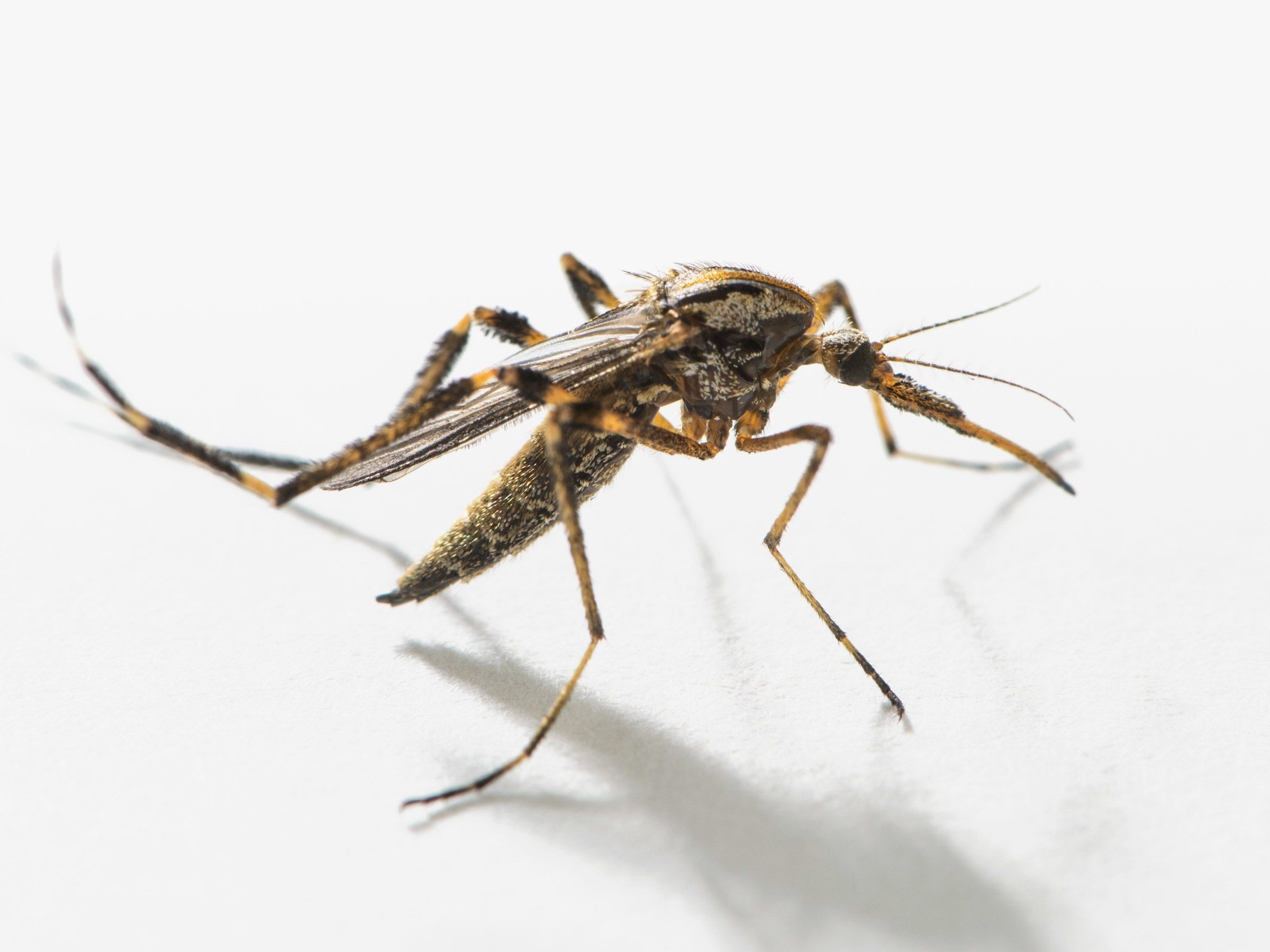
Two weeks ago, Hurricane Florence slammed into the Carolinas, unleashing six months of rain in a matter of hours. In inland Cumberland County, the Cape Fear River rose 40 feet1, inundating Fayetteville with the worst flooding the city has seen since 1945. But as the waters receded and citizens returned to their ruined homes, a new plague was just beginning to descend.
Drive through Fayetteville today and you'll pass house after house emptied of belongings, the mud-stained detritus piled high on curbs across the county. But you'll have a hard time seeing the storm's aftermath through the clouds of monstrous, hyperaggressive mosquitoes spattering across your windshield. Twenty-seven counties in North Carolina, including Cumberland, are in the midst of a mega-mosquito outbreak. On September 26, North Carolina governor Roy Cooper ordered $4 million in relief funds to combat invading swarms of the nickel-sized bloodsuckers, known to scientists as Psorophora ciliata and to everyone else as gallinippers.
"They're just everywhere," says Tom Turturro, an environmental health program specialist with Cumberland County. The area gets a small amount of gallinipper activity each year during the rainy season, but this has been an especially bad bout. His office has gotten more than 500 calls in the last week. Worried it will hamper clean-up efforts, the county sent out pesticide-spraying trucks this week, and is looking into aerial efforts as well. While not known to transmit human disease, the supersize skeeters are quick to mob any mammal they can find, any time, day or night, and deliver a fearsome bite. "It's like somebody shoving a hot poker in your arm," says Turturro. "It burns like hell."
All mosquitoes come equipped with serrated mouthparts called maxillae they use to carve through skin. For most species, these structures are so small and sharp that you don't feel much more than a tingle to let you know you've been bitten. But the gallinipper's chompers are designed for bigger prey-it's one of the only species that can pierce cattle hide. Its bite is so deep it sets off nerve cells in the epidermis designed to alert the body to a serious wound. In other words, your body thinks it's being stabbed.
"It's a much more intense pain because if that part of our skin has been compromised, that means the body is in big trouble," says Deby Cassill, a biologist at the University of South Florida St. Petersburg.
Read the remainder of the article here.



I don't recall their bite being particularly worse than the smaller skeeters - but they were relatively easy to avoid so bites were rare, unless you just stood still and took it like a man.
It worked out so you had a few weeks of practice swatting and dodging big slow 'skeeters so you had a better chance of avoiding the smaller, faster, sneakier 'skeeters that followed on the next wave.